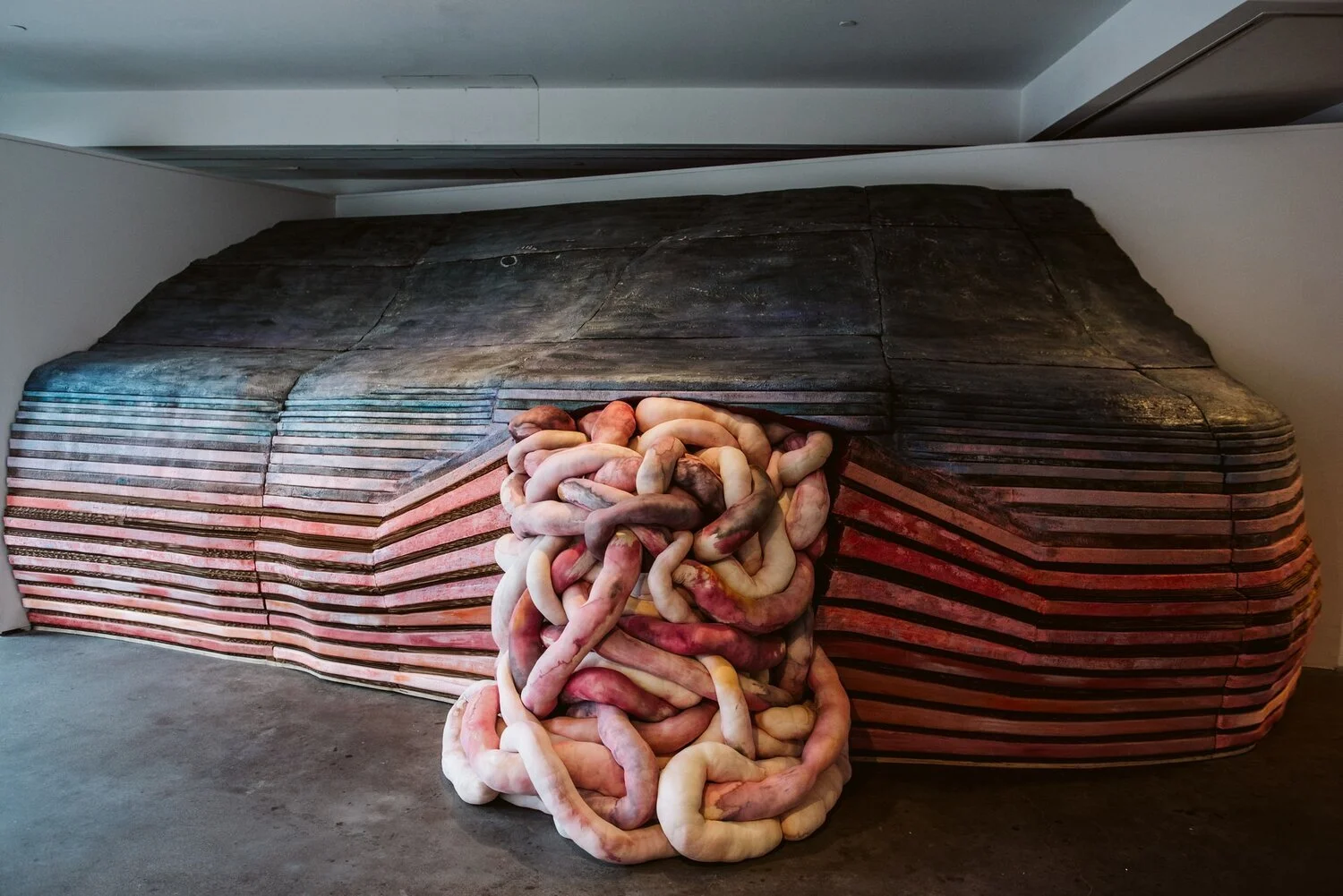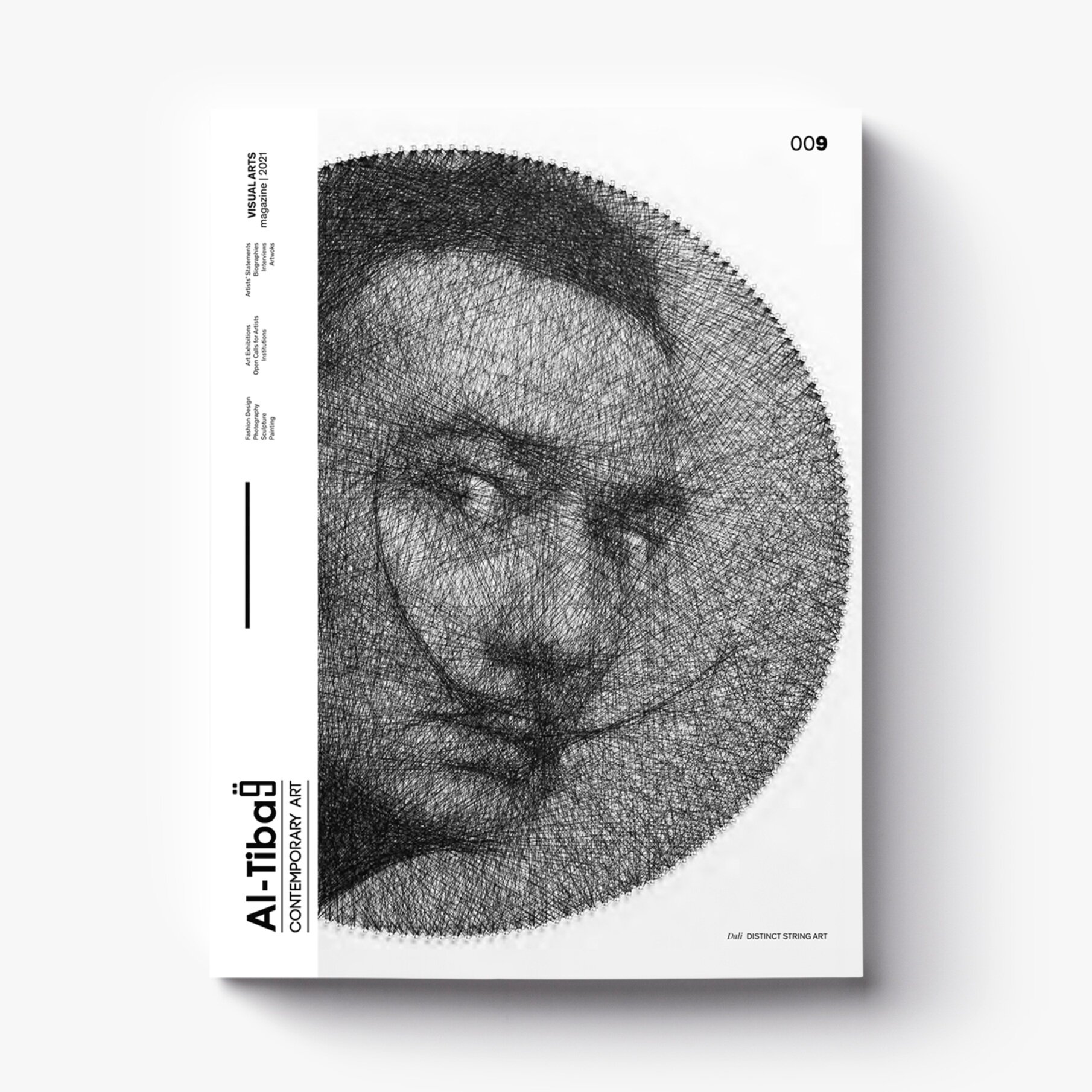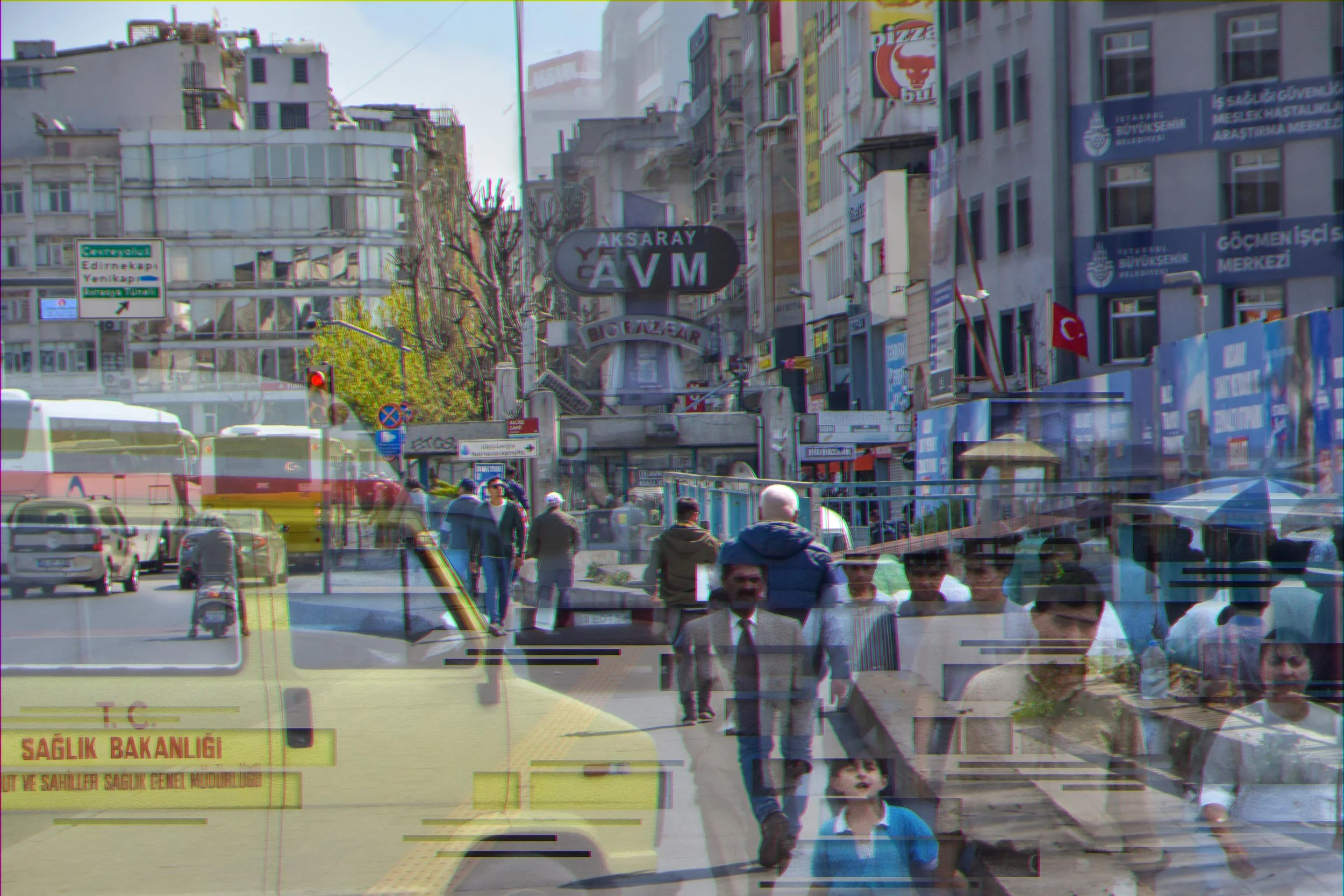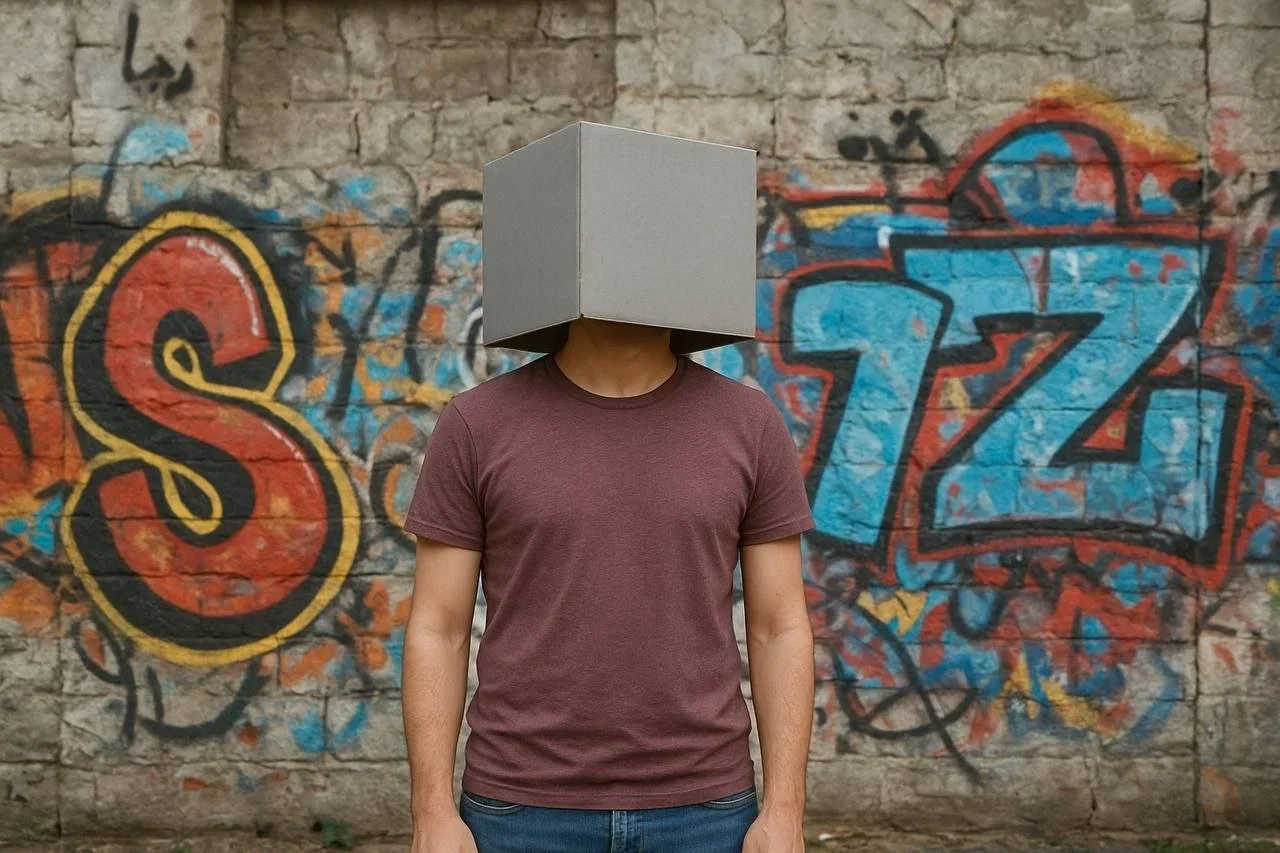10 Questions with Rebecca Weisman
ISSUE09 Art Magazine | Featured Artist
Rebecca Weisman uses many mediums/media in site-specific installations and films, producing projects in unlikely venues and locations (the Oregon desert, vacant urban buildings, a Vermont mountaintop, her own home) as well as for more traditional gallery settings. She has shown work nationally and internationally, most recently Skin Ego, Burlington City Arts, Tap Lessons, Garner Arts Center NY, An Order, a site-specific group installation at the defunct Saint Joseph’s Orphanage in Burlington VT, Ethan Allen Nights, McCarthy Arts Center, Glitch, a multi-media video installation at the University of Cincinnati, Misbookings, an intervention performed at the Deleuze, Guattari, and the Arts conference at King’s College, Ontario, Excavations, a site-specific sound and architectural projection at the Design Center, Goddard College. She has published articles in Namarupa magazine, C Magazine, and the International Journal for Zizek Studies. She holds a BA in Studio Art from Reed College and an MFA in Interdisciplinary Art from Goddard College. Weisman has taught courses in video art, installation, conceptual art, and art theory and history at Saint Michael’s College, Burlington College, University of Vermont, and the Global Center for Advanced Studies. She lives and works in Vermont, USA.
Skin Ego - Installation view © Rebecca Weisman
ARTIST STATEMENT
Rebecca Weisman is a conceptually driven maker and thinker who makes deconstructed films of sculptures that are then re-embedded into the sculptures creating dreamy installations with layers upon layers of visual narrative and meaning. Each project begins with a very juicy real-life found image or story, event, or memory, mined for the poignancy of its colors, materials, and meaning. Through this exploration, which involves both real-life and theoretical research and artistic experimentation, the image or event is then reenacted with prop-like sculptures and fantastical sets and captured on video, often blended with the original imagery or footage. By the time the film and sculptural elements are brought together in the final installation, the viewer may not be able to discern what is real, or more importantly, which act of making and looking is more real or authentic?—the “actual” real-life happening or the happening that takes place in the artist’s studio. Through the dreamy, surreal films and sound, and the pleasurably tactile and visceral sculptural elements, the viewer is drawn into this rumination through their own desire to look and fantasize.
Rebecca Weisman working on the installation Skin Ego
Skin Ego | PROJECT DESCRIPTION
Freud wrote that "the ego is first and foremost a bodily ego; it is not merely a surface entity, but itself the projection of a surface." Skin Ego centers on an immense, eight by twenty foot sculptural reconstruction of a section of a Finback whale, modeled after a photograph found on the internet of a real-life stranded whale being dissected, a man in a kind of fisherman's garb, with a long sharp implement prodding the belly of a whale, its pink and gray ribbed skin rippling behind him and its intestines, larger than the man himself, spilling out at his feet.
Using this event as a metaphor, Skin Ego reenacts this visceral moment through sculpture, sound, and video, navigating the relationship between the skin of the whale (our skin), that ultimate boundary of one's internal life, and what remains hidden, or is intended to remain hidden but nonetheless leaks out. Entering the whale's body, one finds four films featuring found footage of the whale's necropsy overlaid with the artist's reenactments. Outside the whale are displayed ephemera of the artist's performance: swaying masses of intestines hanging from hooks, the fisherman's costume and knife, and cast whale teeth scattered, as if by a crashing wave, against the wall. The project borrows its name from a text by French psychoanalyst and disciple of Freud, Didier Anzieu, who considered the skin to be not only a container or a record keeper, but itself a projection back out of our inner cohesiveness. Skin Ego probes the holes and tears in this cohesiveness and the inherent messiness and precariousness of identity.
INTERVIEW
First off, introduce yourself to our readers. Who are you, and how did you start experimenting with art?
I'm a lifelong maker currently living in Vermont, a very rural and beautiful place. I've always made work in relation to site, whether it's a natural site, a constructed site, or the site of the body. I began studying photography and sculpture/installation out West, photographing suburban wastelands, and looking at the meaning of a text in the landscape. I then began manipulating these sites—inserting sculptural and textual objects into the landscape—and then photographing them as a way of documenting or recording these new meanings. This was all happening during undergraduate studies and the years after. From there, I moved into experimenting with video, happenings, and performative acts of the body. I continued this interest in layered or manipulated meanings, the search for authenticity, and the power of the site. I also became more interested in language and narrative structure, fantasy, and the unconscious, and studied experimental film and psychoanalytic art theory in graduate school. Out West, everything is vast and the landscape feels like a canvas, but by then, I had moved to Vermont, a very lush, green, harsh, and intimate landscape which I think changed the work to be more about the body and our inner dark and messy worlds.
Skin Ego - Installation view © Rebecca Weisman
How would you define yourself as an artist? What makes you who you are, art-wise?
I would consider myself to be primarily an installation and video artist. My work is very conceptual, but perhaps not in the strict sense of the word. I am project-based, so every project utilizes different materials and mediums, but each project revolves around a central idea. So, the idea is queen, and everything else, including the technology, needs to serve that. At the same time, I'm really interested in the meaning and feeling of materials and the natural world. I can spend a long time in my studio investigating a single material that feels potent to me. I also love to do research—both the heady theory-based kind and also the kind that brings me into weird conversations with people (for example, a Revolutionary War reenactor, a fisherman in a remote village in Ireland, a taxidermist, the mother of the sole remaining inhabitants of a ghost town). I write a lot in conjunction with projects, so I think this intermingling of experience, materiality, and concept can be supported by using language to better understand what I'm doing in the studio or behind the video camera.
I also believe that conceptual art needn't be confounding. I'm interested in drawing viewers in on multiple levels of experience, from the most visceral and immediate to the most cerebral or intellectual. Each project has to hit all those points for me to feel provocative.
You have worked and exhibited nationally and internationally, and you have also taught courses at various colleges. What advice would you give to a beginning artist? And what do you wish you knew about Contemporary Art before you got started?
As a beginning artist, I think it's important to think about how you are going to support your art practice and if and how much you want to make money off of your art. Becoming a commercial artist is really different from what I did, which was to pursue a separate career that gives me time and flexibility to make the work that I feel compelled to make. That being said, I often encouraged my students to really find out what drives them and to make that primary, while also being honest about what kinds of choices or sacrifices one might have to make to be an artist. I was so clueless about how the art world of galleries, museums, dealers, and collectors functioned. I wish someone had laid it all out for me years ago! Of course, now it's changed so much and keeps changing, so perhaps it's good no one told me then. I might have been scared off!
Skin Ego - Stills from the video © Rebecca Weisman
You work with large-scale installations and often place them in unusual settings, like the Oregon desert. What messages do you wish to convey with your art?
I like each project I do to make the viewer have an experience. Perhaps something uncanny, or intimate, or existential, even if just in a small way. I like to do work that asks us to consider our surroundings, the gestalt of our environment, and our relationship to nature and our own unconscious. This has big ramifications for how we are relating to the earth now and how much we believe we can or should change in terms of things like global warming and food and resource scarcity. A lot of my work also utilizes the body as a vehicle or medium, so this raises more internal questions about identity, subjectivity, and the gaze. And then there are messages about reading/viewing the medium itself and the confusion we have around language and representation. While my work is not necessarily specifically political, it's impossible to ignore how much language and representation matter and who gets power and privilege over these things. This is playing out on such a huge scale right now, especially in the US, with politically charged power plays that manipulate language and image to weave wildly varying narratives about truth, science, and human rights.
What is the creative process behind your artworks? Can you walk us through the various stages?
Each project has as its nexus an image or story, often something I've taken from the real world, that I feel has heavy meaning or power. Usually, that meaning takes me a while to decipher. I might do some writing, and I might do some research. I might experiment with a few materials that feel connected. Sometimes I'll land on a sculptural form that I get obsessed with, but I'm not sure how to connect to the main story. All of this takes a while. It's a little bit like deciphering a dream and figuring out the logic of the dream, the feelings, the images, and the symbols. Often the work feels very fragmented at first. Then, at some point, I start to see these fragments play out as happenings for the video camera. It might be a sequence of objects or images, it could be something physical I'm doing with my body, or it could be informed by a sound or place. I try not to make the video work too cohesive because this forecloses on the meaning. Once I have these sculptures and video fragments, then I begin layering and manipulating them. I use the green screen effect a lot. For example, I will layer one of my sequences on top of found footage, or I will use some video that I've taken of a sculpture, project it back onto the sculpture and then film that. Each final video has probably at least 5 or 6 layers. Then there is a process of pulling it all together into an installation. There needs to be enough narrative structure for things to stay meaningful but enough room for the viewer to connect their own dots.
Your layered installations remind me of Chinese boxes, where one element or narrative is inserted into another. How do you choose your layers, and how do you link them with one another?
When I'm constructing the final installation, I have one rule: each video cannot be shown as a flat rectangle. It has to take on some kind of sculptural form which refers back to something in the story. Another rule is that each element has to serve the larger narrative in some way, even if very abstractly. So there's a lot of this self-referral and meta-narrative stuff going on. It's a very fine line because it all has to function via this kind of internal logic, but at the same time, the effect can feel very soupy and dreamy. The viewer actually gets lost in these layers. I love the feeling of being lost in so many layers of meaning.
Your project Skin Ego depicts a section of a Finback whale, cut open and dissected. It aims to reflect upon "the relationship between the skin of the whale (our skin), that ultimate boundary of one's internal life, and what remains hidden, or is intended to remain hidden but nonetheless leaks out". Where do you draw the line between what needs to be shown and what, on the other hand, should remain hidden?
I wish we could draw the line! I think the lesson of Skin Ego is that life dictates for us where our holes and leaky torn parts are. Sometimes we expose too much, or sometimes we hide things unnecessarily. Often, we don't realize what is the right amount until after the fact. Maybe we learn to be more permeable, or perhaps we learn to repair what's torn. But that process is so messy. I love trying to make that messiness itself visible as an aesthetic experience.
Also, in Skin Ego I manipulated original footage of a dissection and layered my own objects and performance on top of it. I think of it as a visual investigation into the meaning of the original event, which of course, is always hidden from us. So even though you have this huge animal literally spilling its guts, it is still a mysterious happening. I like this idea of trying to uncover meaning but having it always slip away.
Skin Ego mixes sculpture, installation, video, and performance. How did you integrate all these different mediums in one cohesive work?
It took a long time to make each element of Skin Ego fit, and certain elements were discarded. But mostly, what I'm looking for is a relationship between media/mediums. It's like having a bunch of friends at a dinner party. To make the conversation good, everyone has to relate to each other and not dominate. So, what gets expressed via sculpture can also relate to what's happening in the video, which relates directly to my body as a performance tool. For example, there's a scene in which we see a still image of the original footage, the moment of dissection when the fisherman is cutting through the whale, and its intestines are spilling out. I took this image and then made it look as though my own gloved hand was pushing through it from the inside, literally tearing the image. So, there's the pushing of the hand through the image of the whale, but then there's the disintegration of the fantasy of the image itself. Each element is in dialogue, and it's this dialogue that is the real form. It's very ephemeral but when it happens, it's magic.
Let's talk about the future. After more than a year, we are still far from seeing the end of this global pandemic. It'll surely have - and already has - a long-lasting impact on the art world. How much did it influence your work? Did you learn anything new or develop any new projects over the past year? Or was it just an unrequested halt to your career and production?
Like so many people, I was stuck at home with my two small children trying to figure out what it means to be a creative maker through all of this upheaval. One idea that has been interesting to me for a long time is how to make work with my children as part of my process. They are messy and chaotic, and it's interesting to think about giving that messiness form or cohesion. We spent a lot of the winter building structures out of boxes and creating worlds with everyday objects. My challenge has been to find ways of guiding their innate creativity towards something that ends up with enough form and aesthetic cohesion that it feels meaningful not just to me as their mother but as something that has its own legs. I've also been really intrigued about trying to capture the ephemerality of their childhood, which I think is something that the pandemic brings out. I've been filming their process as their making as a way of documenting our experience. It feels a little bit like doing site-specific work in a natural environment—you have a lot of elements that are totally out of your control that you have to respond to.
And finally, what are you working on now, and what are your plans for the future? Anything exciting you can tell us about?
During the pandemic, while I was doing all of this creative process stuff with my children, I came across this amazing footage of a reenactment of a group of youths who were stranded on an island back in the 1960s and built a kind of functional society on the island, almost an inverse of the Lord of the Flies story. I became really interested in the experience of motherhood as a kind of stranding and have embarked on a new project called Mother Island, which superimposes objects and videos of my own human-made island onto this original/reenacted footage. So, it's a reenactment of a reenactment. I haven't yet figured out if being quarantined with my children is a utopia or a dystopia! Probably some of both. Mother Island also investigates children's creativity and labor as a consequence or outgrowth of the mother's own creativity and labor. We're busy building the set for the film inside my studio, and it's very two steps forward and one step back because now I'm trying to interweave my children's process with my own. We make something, and then they inevitably destroy it, and I'm trying to film this process of creation/destruction at the same time. It's a real circus, but I find a lot of meaning in the chaos.



























